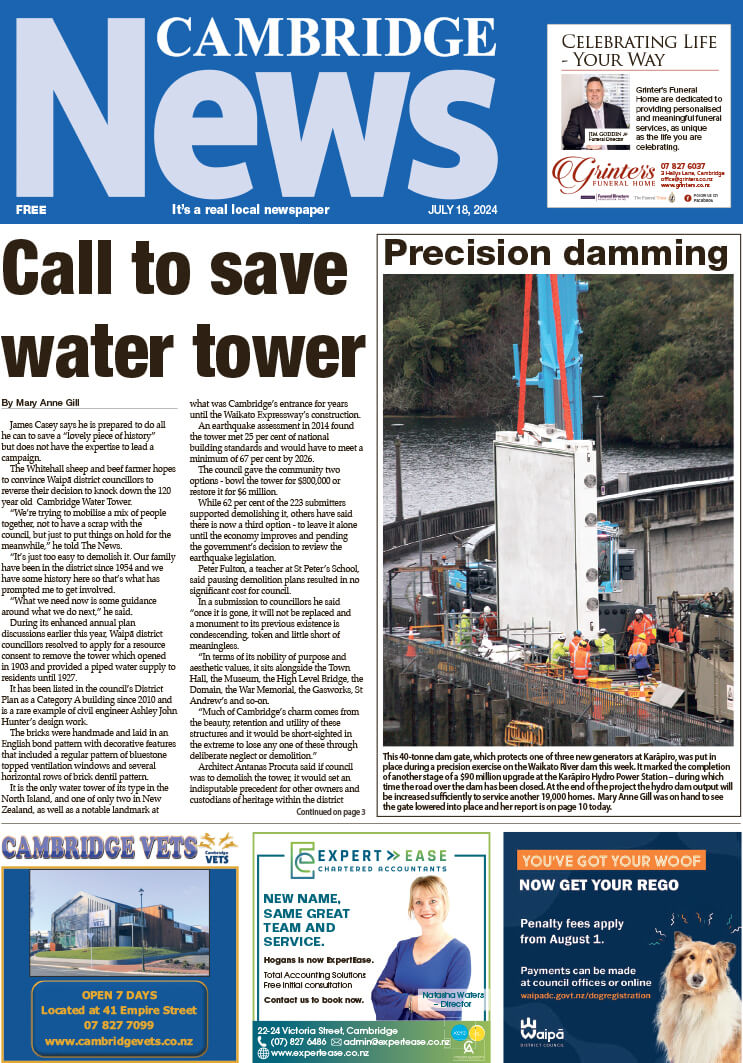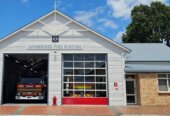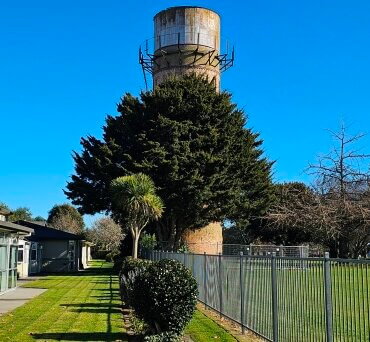
Concerns about the Water Tower in Payne Park have increased since revised earthquake regulations came in.
James Casey says he is prepared to do all he can to save a “lovely piece of history” but does not have the expertise to lead a campaign.
The Whitehall sheep and beef farmer hopes to convince Waipā district councillors to reverse their decision to knock down the 120 year old Cambridge Water Tower.
“We’re trying to mobilise a mix of people together, not to have a scrap with the council, but just to put things on hold for the meanwhile,” he told The News.
“It’s just too easy to demolish it. Our family have been in the district since 1954 and we have some history here so that’s what has prompted me to get involved.
“What we need now is some guidance around what we do next,” he said.
During its enhanced annual plan discussions earlier this year, Waipā district councillors resolved to apply for a resource consent to remove the tower which opened in 1903 and provided a piped water supply to residents until 1927.
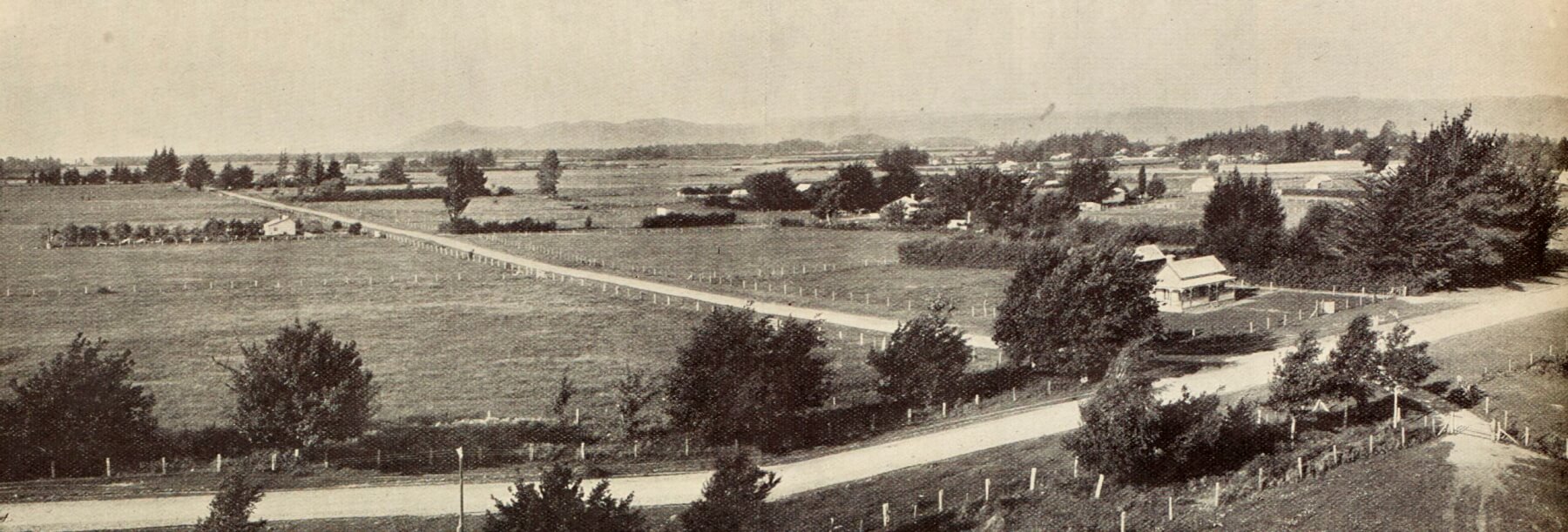
Tower with a view: Submitters say the view from the Water Tower is worth preserving. This photo was taken shortly after it opened in 1903 looking towards Tauwhare. Photo: Auckland Libraries Heritage Collections.
It has been listed in the council’s District Plan as a Category A building since 2010 and is a rare example of civil engineer Ashley John Hunter’s design work.
The bricks were handmade and laid in an English bond pattern with decorative features that included a regular pattern of bluestone topped ventilation windows and several horizontal rows of brick dentil pattern.
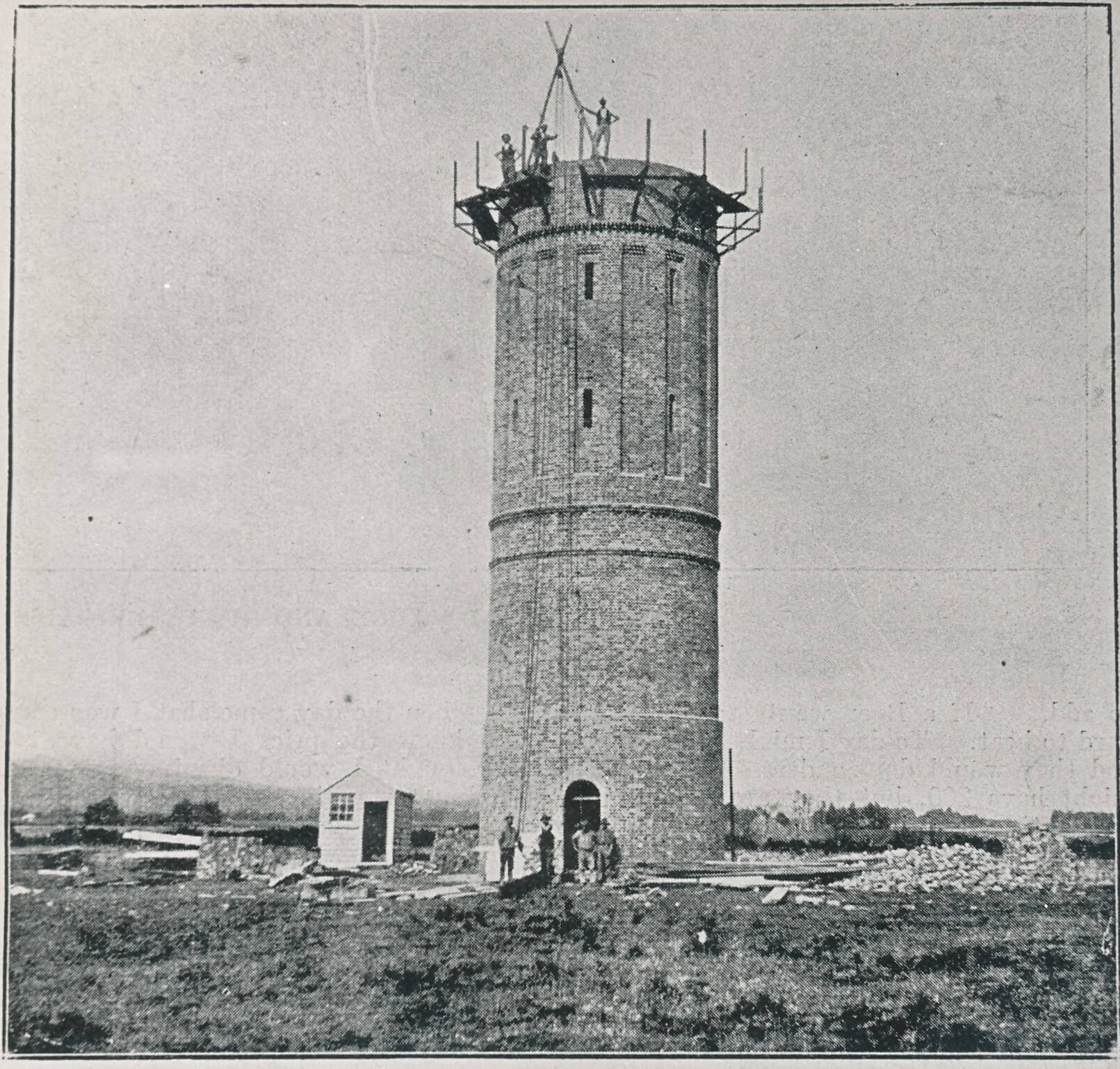
Historic photo taken during construction in 1902 and 1903. Photo: Cambridge Museum.
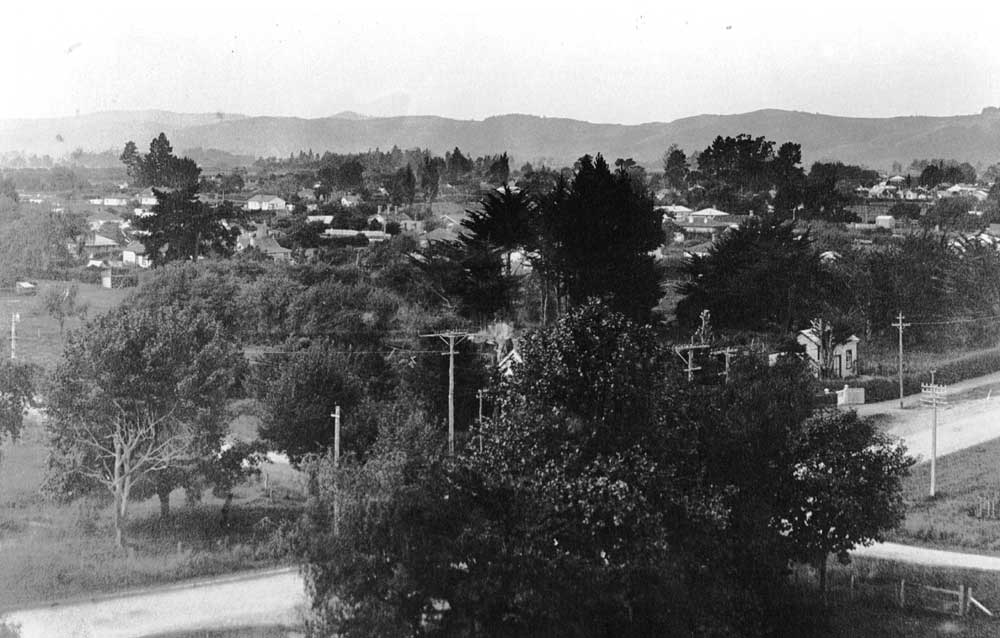
View from Water Tower Looking East. Photo: Cambridge Museum
It is the only water tower of its type in the North Island, and one of only two in New Zealand, as well as a notable landmark at what was Cambridge’s entrance for years until the Waikato Expressway’s construction.
An earthquake assessment in 2014 found the tower met 25 per cent of national building standards and would have to meet a minimum of 67 per cent by 2026.
The council gave the community two options – bowl the tower for $800,000 or restore it for $6 million.
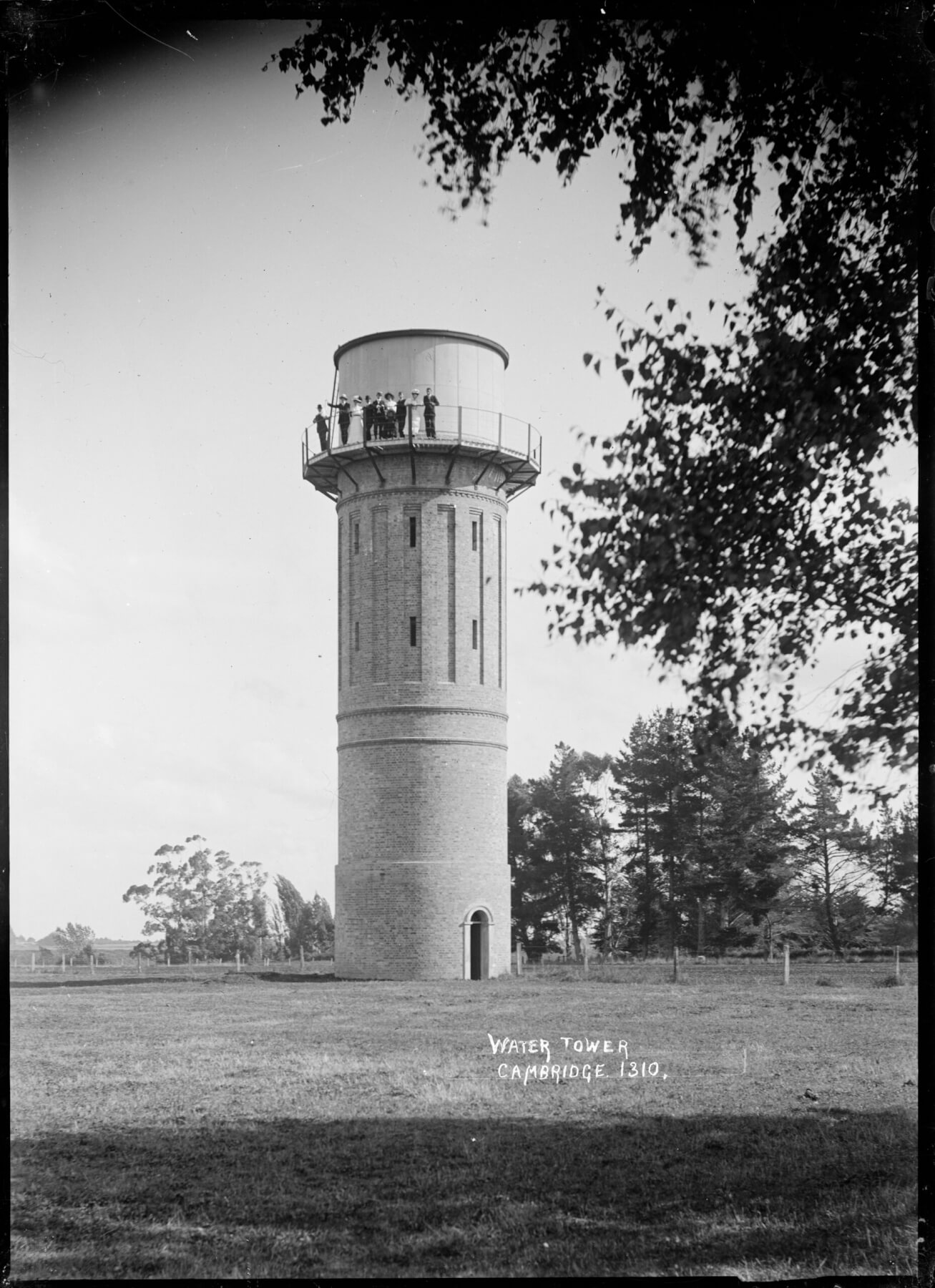
The Water Tower in 1910 with observers waving from the top of the curved walkway. Photo: Alexander Turnbull Library.
While 62 per cent of the 223 submitters supported demolishing it, others have said there is now a third option – to leave it alone until the economy improves and pending the government’s decision to review the earthquake legislation.
Peter Fulton, a teacher at St Peter’s School, said pausing demolition plans resulted in no significant cost for council.
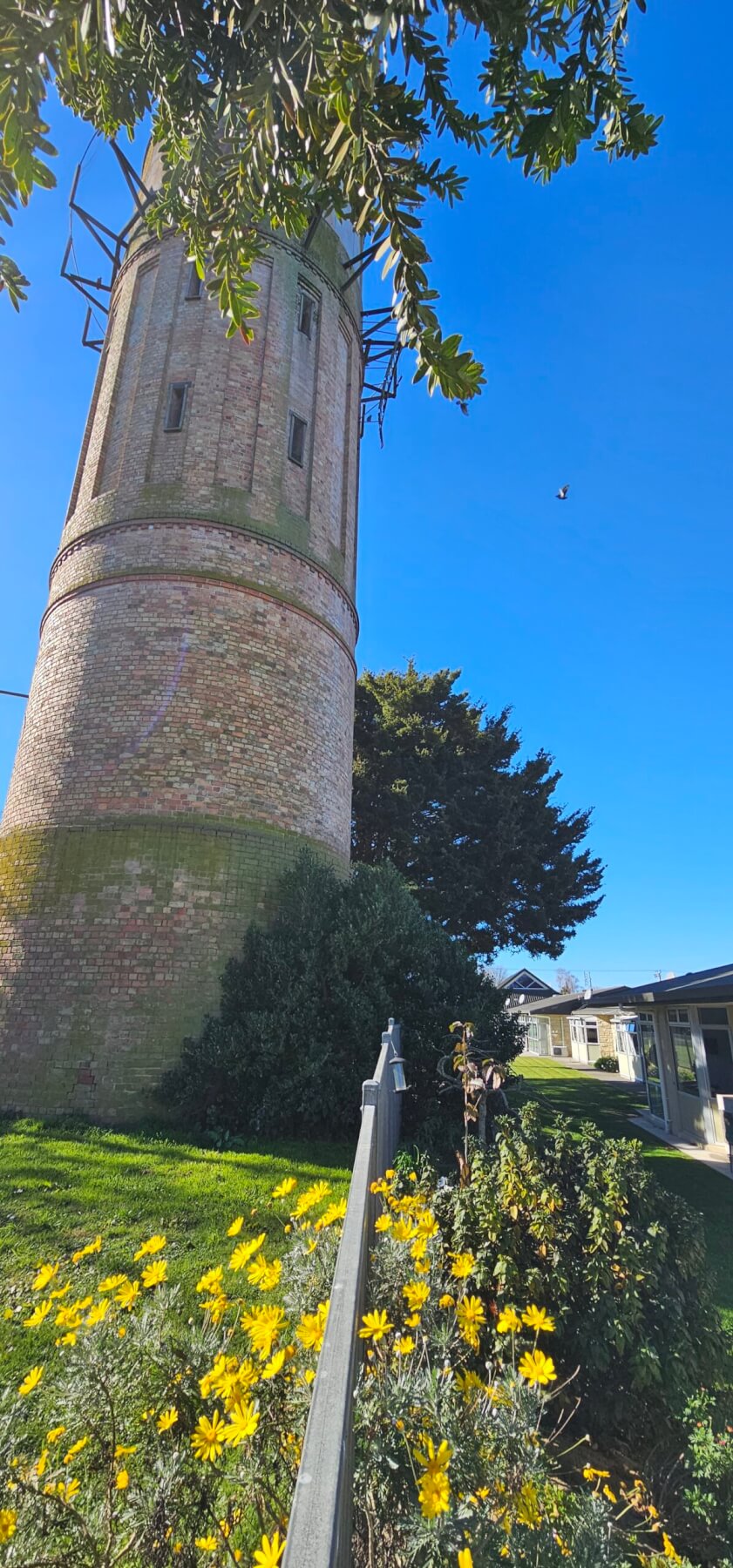
Concerns about the Water Tower in Payne Park have increased since revised earthquake regulations came in putting parts of Cambridge Resthaven at risk. Photo: Mary Anne Gill.
In a submission to councillors he said “once it is gone, it will not be replaced and a monument to its previous existence is condescending, token and little short of meaningless.
“In terms of its nobility of purpose and aesthetic values, it sits alongside the Town Hall, the Museum, the High Level Bridge, the Domain, the War Memorial, the Gasworks, St Andrew’s and so-on.
“Much of Cambridge’s charm comes from the beauty, retention and utility of these structures and it would be short-sighted in the extreme to lose any one of these through deliberate neglect or demolition.”

Antanas Procuta
Architect Antanas Procuta said if council was to demolish the tower, it would set an indisputable precedent for other owners and custodians of heritage within the district to do the same to their heritage-listed property owing to economic circumstances.
The government’s decision to review the legislation which had forced the council to embark on an earthquake strengthening programme before 2026 also gave the council time, he told councillors.
Taupō MP Louise Upston told The News one of the attractive features of Cambridge was its heritage buildings.
“Ideally, we should keep as many significant heritage buildings as we can.

Louise Upston
“Saving (them) comes at a cost to the community and not everyone sees the value in preserving historical sites for posterity,” she said.
“The costs of demolishing (it) are also significant. I’m sure Waipā District Council will complete a detailed cost analysis, consider the intrinsic value of the tower, and take the public’s view into account before making a final decision.”
While councillors gave staff the go ahead to apply for a demolition resource consent, final approval would be made by the council’s Strategic Planning and Policy committee chaired by deputy mayor Liz Stolwyk.
- What do you think? Email [email protected]
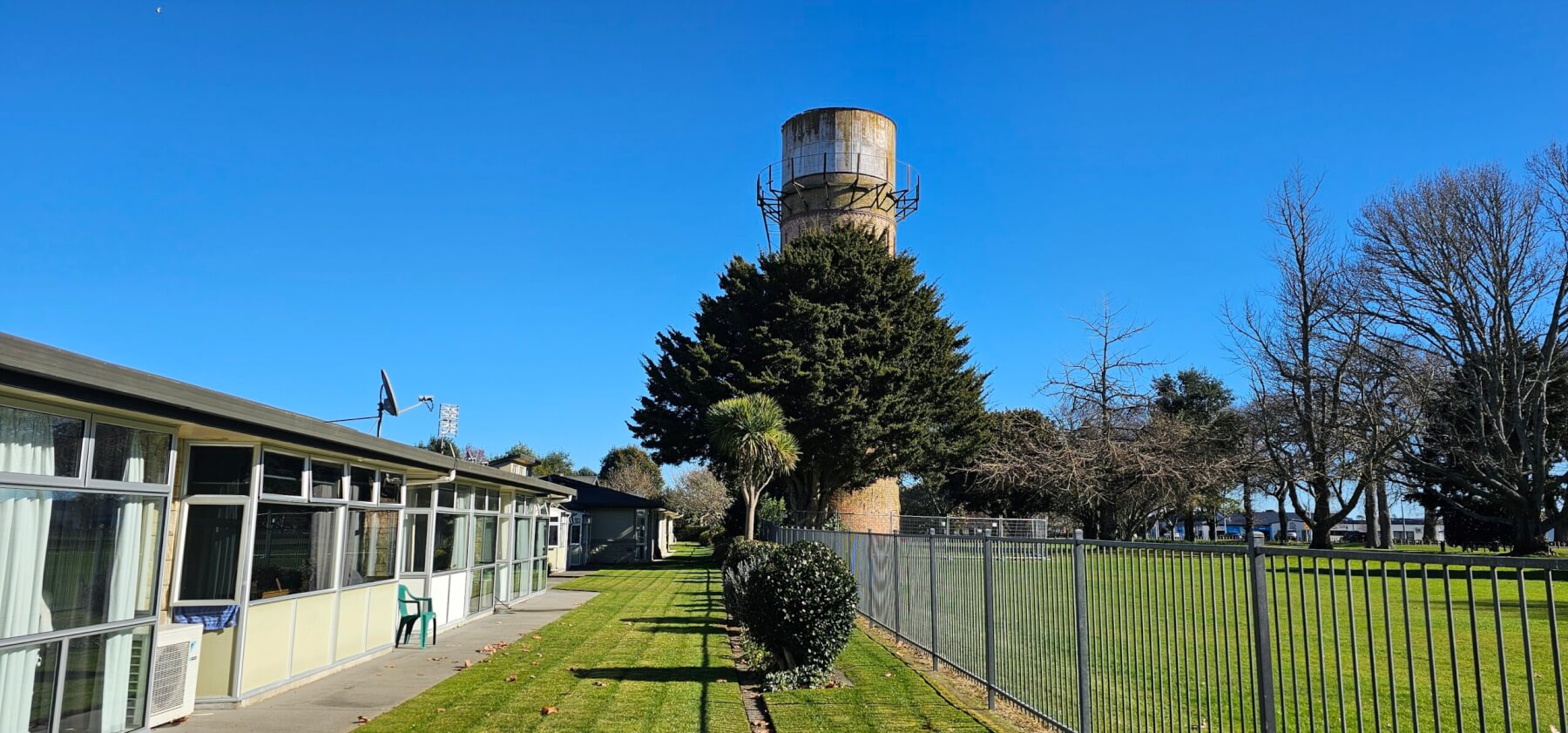
Concerns about the Water Tower in Payne Park have increased since revised earthquake regulations came in putting parts of Cambridge Resthaven at risk. Photo: Mary Anne Gill.



